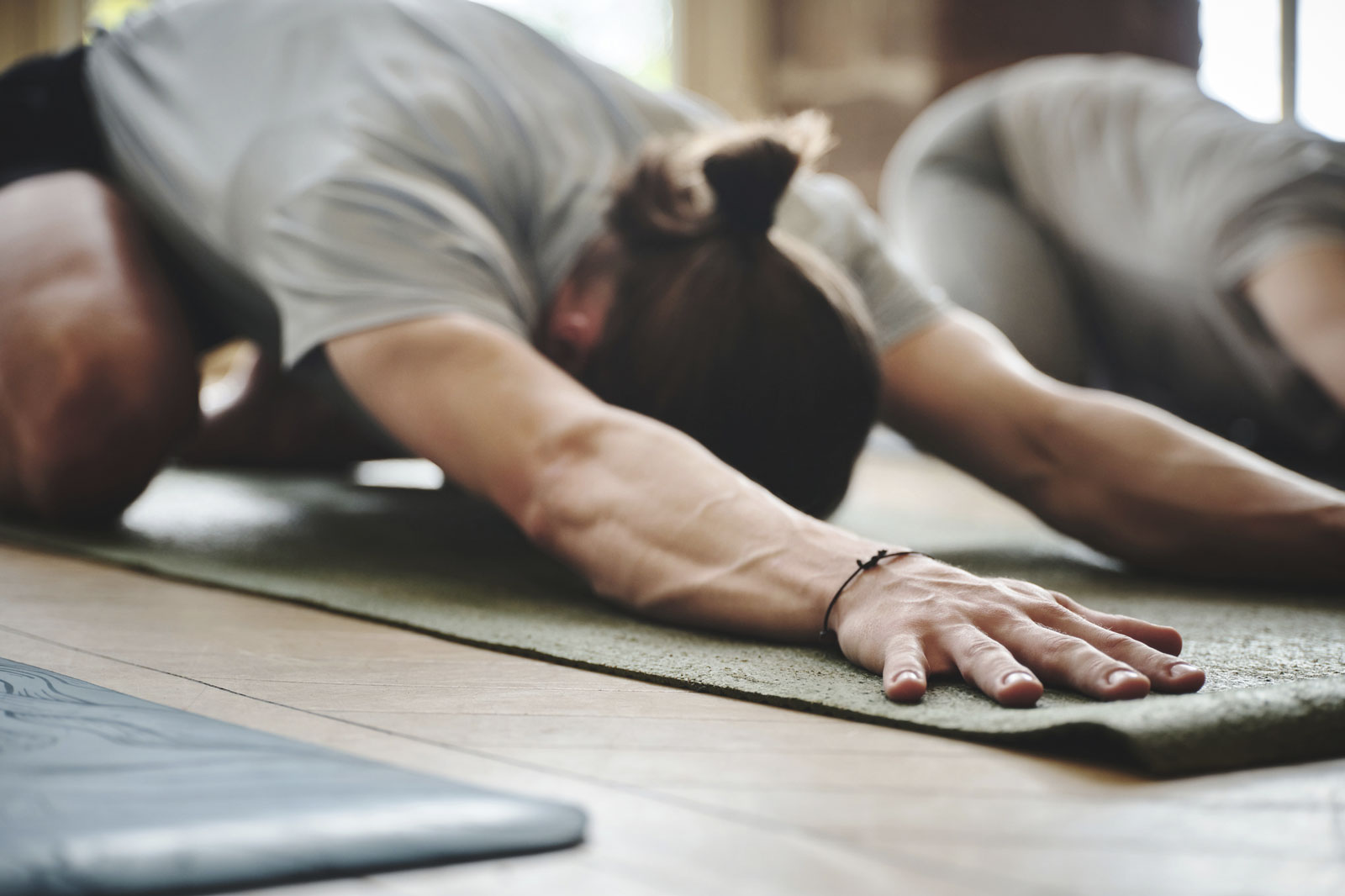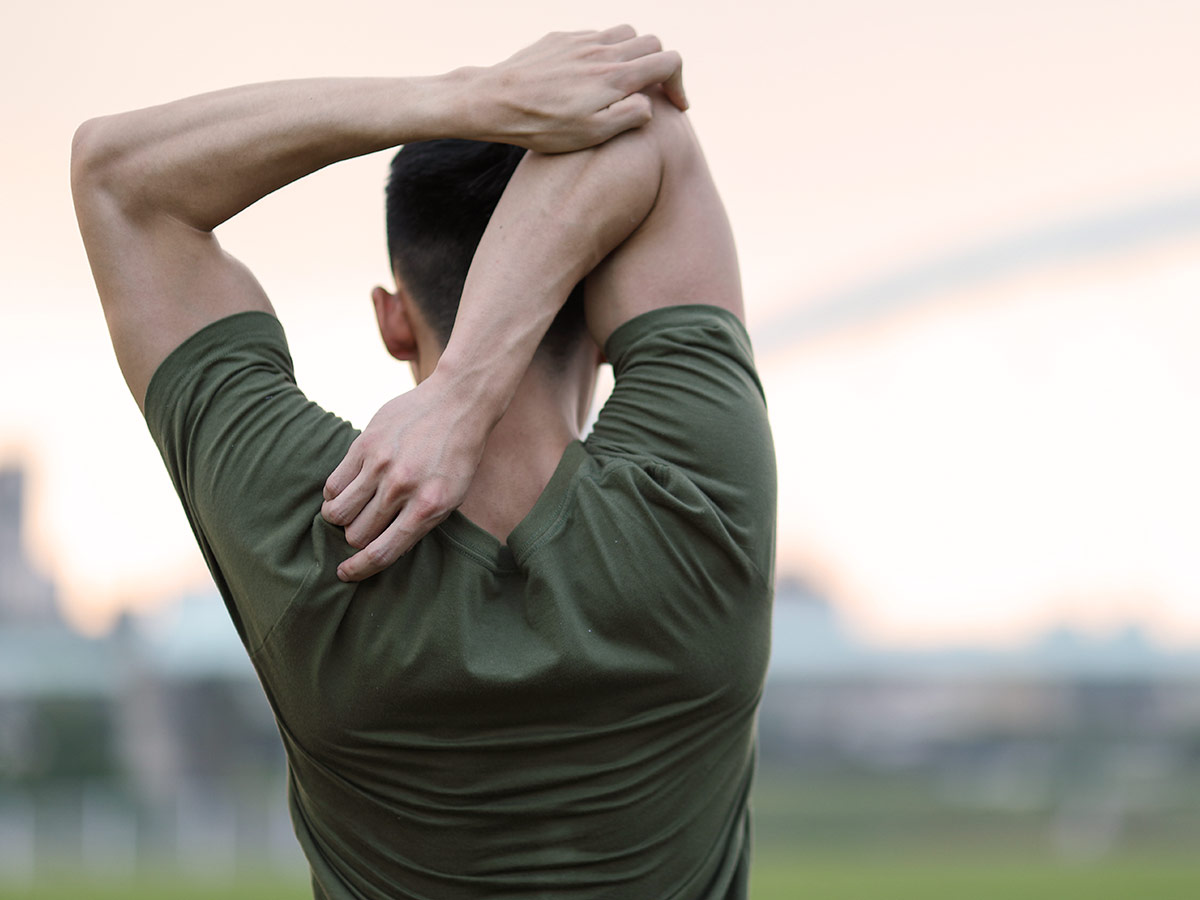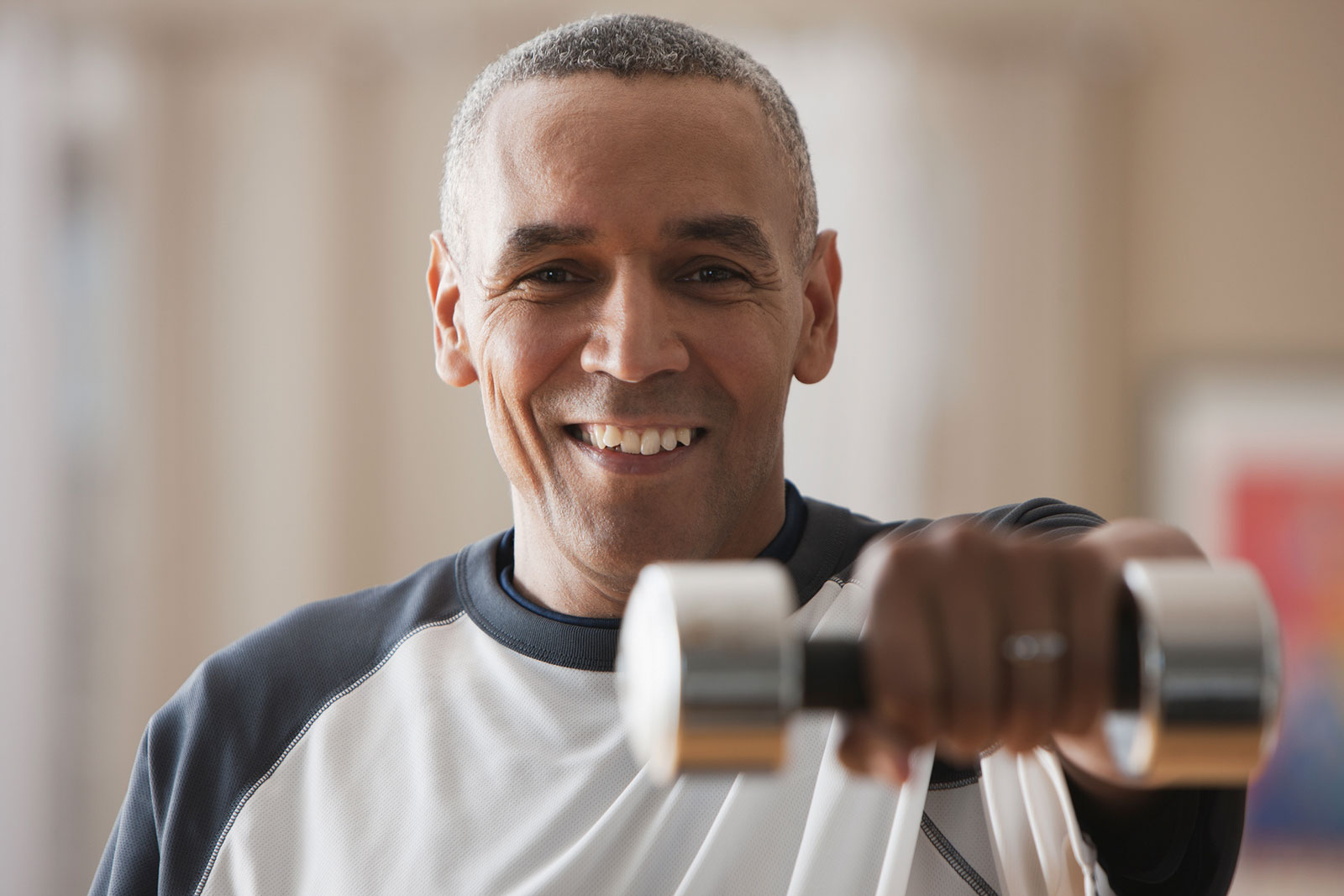
Patient Educational Resources
The Benefits of Passive Stretching After a Massage
In the quest for optimal wellness and flexibility, combining massage therapy with passive stretching can be a game-changer. Both practices individually offer significant benefits, but their synergistic effect can amplify the overall impact on your physical health and relaxation. Here’s a look at why passive stretching after a massage can be particularly advantageous.
Understanding Passive Stretching
Passive stretching involves holding a stretch with the assistance of an external force—whether it’s a therapist, gravity, or a prop—rather than actively engaging your muscles to achieve the stretch. This method allows for a deeper, more sustained stretch that can lead to increased flexibility and reduced muscle tension.
Enhancing the Benefits of Massage Therapy
- Prolonged Muscle Relaxation: A massage works to release muscle tension and increase blood flow, preparing your muscles for a deeper stretch. When you incorporate passive stretching afterward, you extend the period of relaxation. The muscles, now more pliable from the massage, are better able to lengthen and relax further, enhancing the benefits of both treatments.
- Improved Range of Motion: Massage therapy increases circulation and reduces stiffness, setting the stage for better flexibility. Passive stretching takes advantage of this improved circulation and reduced stiffness by gently elongating the muscles, which can lead to an increased range of motion. This combination can be particularly useful for those recovering from injuries or dealing with chronic muscle tightness.
- Enhanced Muscle Recovery: Post-massage, muscles are often more receptive to stretching. Passive stretching helps in maintaining and furthering the recovery process by promoting the flow of nutrients to the muscles and aiding in the removal of metabolic waste products. This can result in reduced soreness and faster recovery times.
- Stress Relief: Both massage and passive stretching are effective in reducing stress. A massage reduces cortisol levels and promotes relaxation, while passive stretching can further decrease stress by activating the parasympathetic nervous system. When combined, these practices can offer profound stress-relieving benefits, fostering an overall sense of well-being.
- Improved Posture: Regular incorporation of passive stretching after a massage can lead to improved posture. By addressing muscle imbalances and tightness, passive stretching helps to maintain the alignment achieved during the massage, reducing the risk of postural issues and promoting better overall body alignment.
Practical Tips for Combining Massage and Passive Stretching
- Timing: To maximize the benefits, schedule your passive stretching routine shortly after your massage. Your muscles will be more receptive and relaxed, allowing for deeper and more effective stretches while reducing the risk of injury.
- Gentle Approach: Since your muscles are already relaxed from the massage, focus on gentle, sustained stretches. Avoid pushing your limits and listen to your body to prevent overstretching or injury.
- Hydration: Ensure you stay well-hydrated before and after both the massage and stretching. Proper hydration supports muscle recovery and overall flexibility.
- Breathing: Incorporate deep, slow breaths during your stretching routine to enhance relaxation and facilitate a deeper stretch.
- Consistency: For ongoing benefits, make passive stretching a regular part of your wellness routine. Consistent practice can help maintain flexibility and support overall muscle health.
Integrating passive stretching into your post-massage routine offers a multitude of benefits, from prolonged muscle relaxation to improved flexibility and recovery. By enhancing the effects of massage therapy, passive stretching helps to achieve a deeper state of relaxation, better posture, and a more resilient body. This powerful combination can not only improve your musculoskeletal health but can unlock new levels of flexibility, mobility, and quality of life.
NOTE: It is not uncommon for stretching to be uncomfortable, especially when first starting a program. Over time the tissues will respond to the level of stress, and the discomfort will decrease as flexibility improves. If you are finding stretching painful, you may be pushing the stretch too hard. Release the level of tension that you are applying, and always listen to your body.




